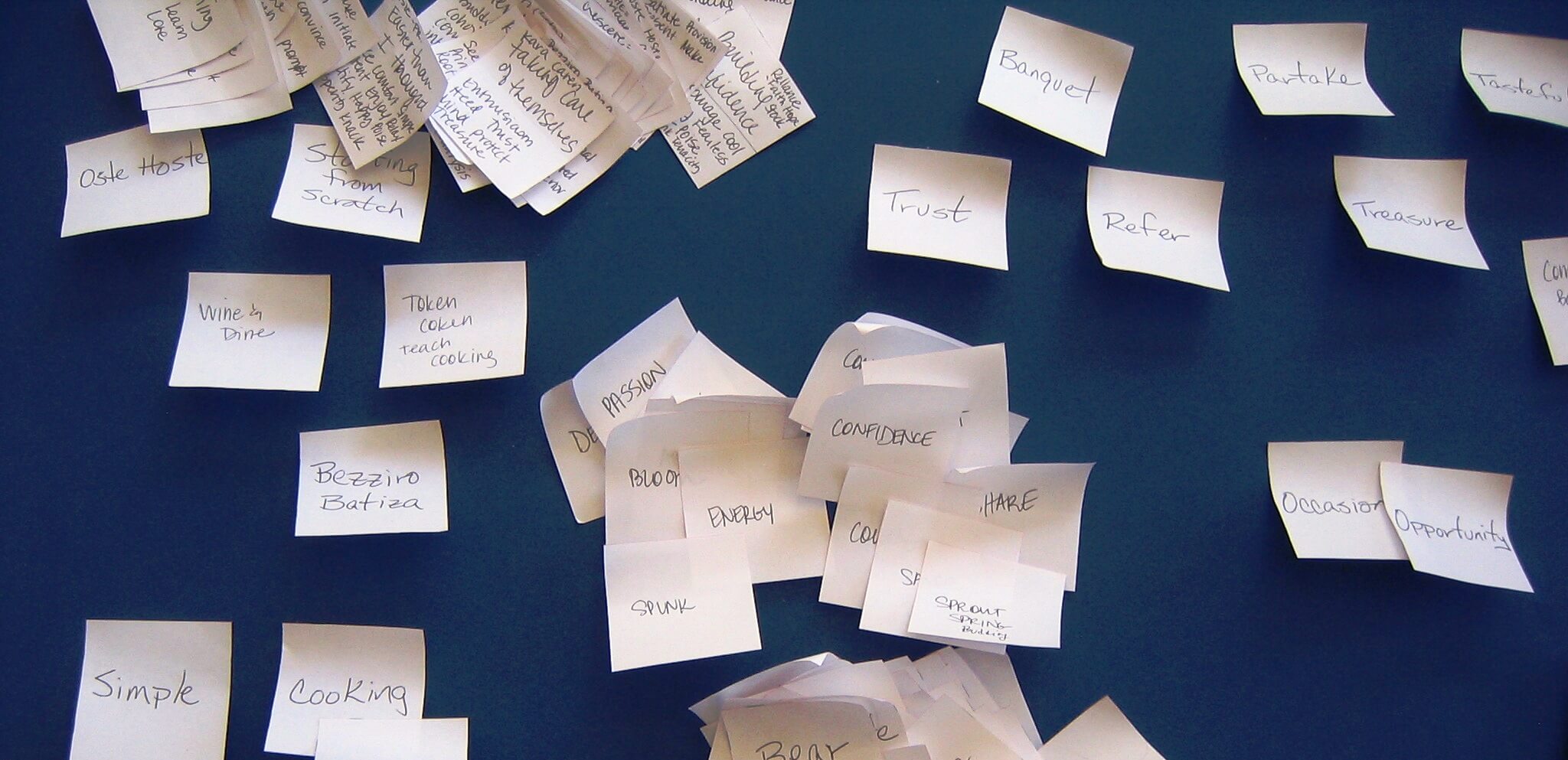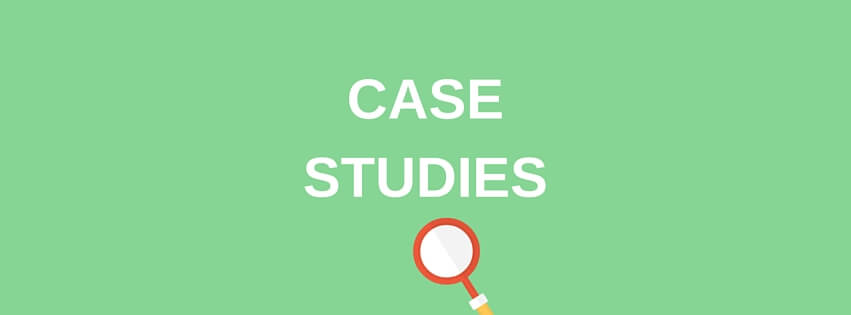At Miro we love to talk to our users – it’s a great chance to learn something new and exciting about creativity, visual thinking, product or service design, entrepreneurship or even music and construction. Today we announce a series of interviews with people who use Miro to make great things. They are all different – they live in different countries, have different activities and different experience.
This week we are happy to introduce Aydincan Ataberk, Co-founder & Managing Partner at Ethnogram, service design agency. Aydincan answered our questions and shared his experience in service design.
Ethnogram service design experience
Q: What is Ethnogram and its story?
A: Ethnogram is a research and service design company based in Istanbul, founded in 2012 by two Turkish designers.
Q: What kind of projects do you work on? Could you tell us about some of them?
A: We do ethnographic customer/user researches and design better services for clients like Vodafone, Garanti Bank etc.
Q: Service design is a very specific industry. What are the main stages while working on a product? It would be great if you could describe the workflow in a few words.
A: Customer research is the starting point. We deep dive into people’s lives and try to observe most intimate relations with a specific product or a service. Next step is analysis. We are trying to define the most valuable bottlenecks and present them in a very actionable way to our customer. The following step is an ideation workshop. This is where the flow of ideas is important. We do a lot of sketching, cutting, pasting, rapid prototyping etc. Finally, implementation of the service. And always improvement of the experience.
Q: What’s your favorite project?
A: Our favorite so far was a customer experience research for Vodafone Turkey. We have showed our client very different aspects and behavioral patterns of their customer segments.

Q: How do you use Miro? What are the main cases?
A: We now have 4 use cases:
- Personal use. This is where I personally started to use Miro. A kind of brainstorm done by myself. As long as it stays in the cloud, I can reach my thoughts from anywhere in the world.
- Brainstorming together. At the office, we are connecting our laptop to a big digital display where Miro becomes a real board. This way, we can use digital yellow stickies, sketch ideas, draw processes and take notes etc.
- Online collaboration. We can reach the boards from anywhere and chat&work over ideas simultaneously.
- Presentations. This case is very new to us and we are thrilled to have this feature. We had a board where we had collected and analyzed all the data. It was really hard to organize them in a linear slide by slide-style presentation (we normally use Apple’s Keynote). We literally wished for a “snapshot -> animate -> present” feature and voila! It was there, it took minutes and our board has become really a good looking presentation. A remarkable coincidence: in our presentation we were talking about “magical moments” when a product exceeds its user’s expectation. I guess it was one of the moments.

Q: How many people are involved in the creative processes at Ethnogram? How many of them work on boards?
A: 2 to 6 people involved in the creative processes. All of us are using it when we are together or online. Now we are thinking to start sharing our boards with our client teams also.
Q: What was the process before Miro and what has changed?
A: If you ask me what do I do as a service designer, I would say “I paste sticky notes”. The use of stickies is at an extreme level in service design ideation process. Miro has started to take the place of our real whiteboard at the office.

Q: What advice could you give to service designers who use (or don’t use) Miro?
A: We are designers. And good design is environmentally friendly. It is not only for the product&services we design, but also the way we are designing them. Use Miro and stop consuming sticky notes!



